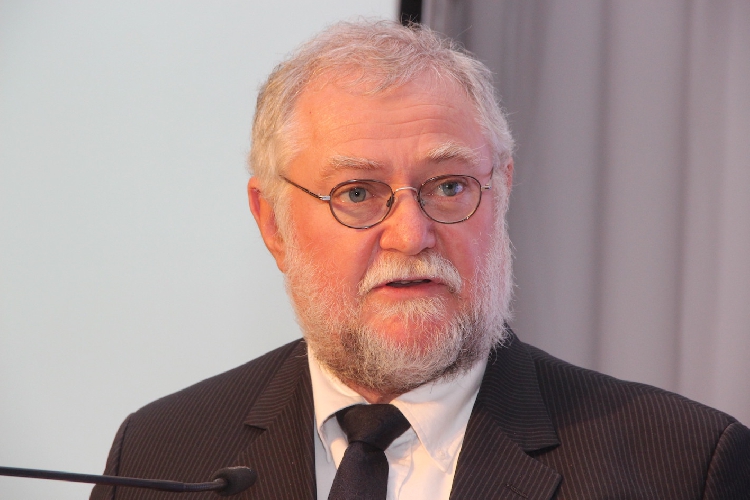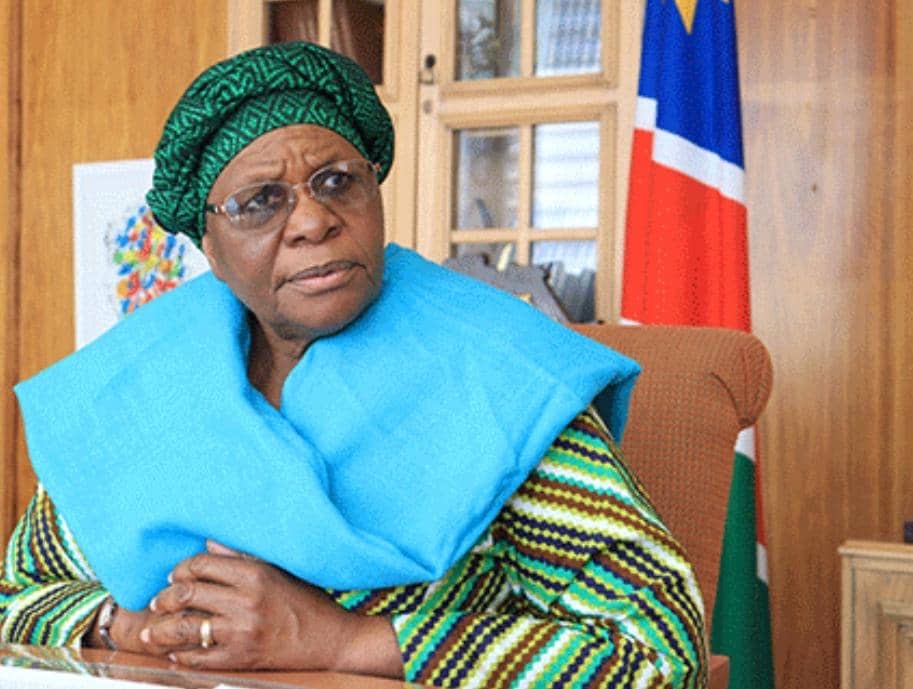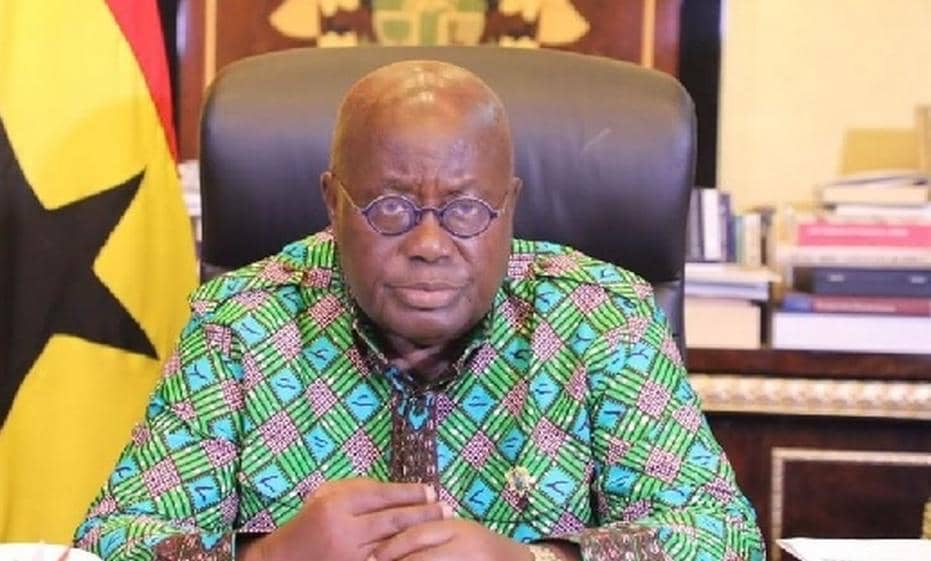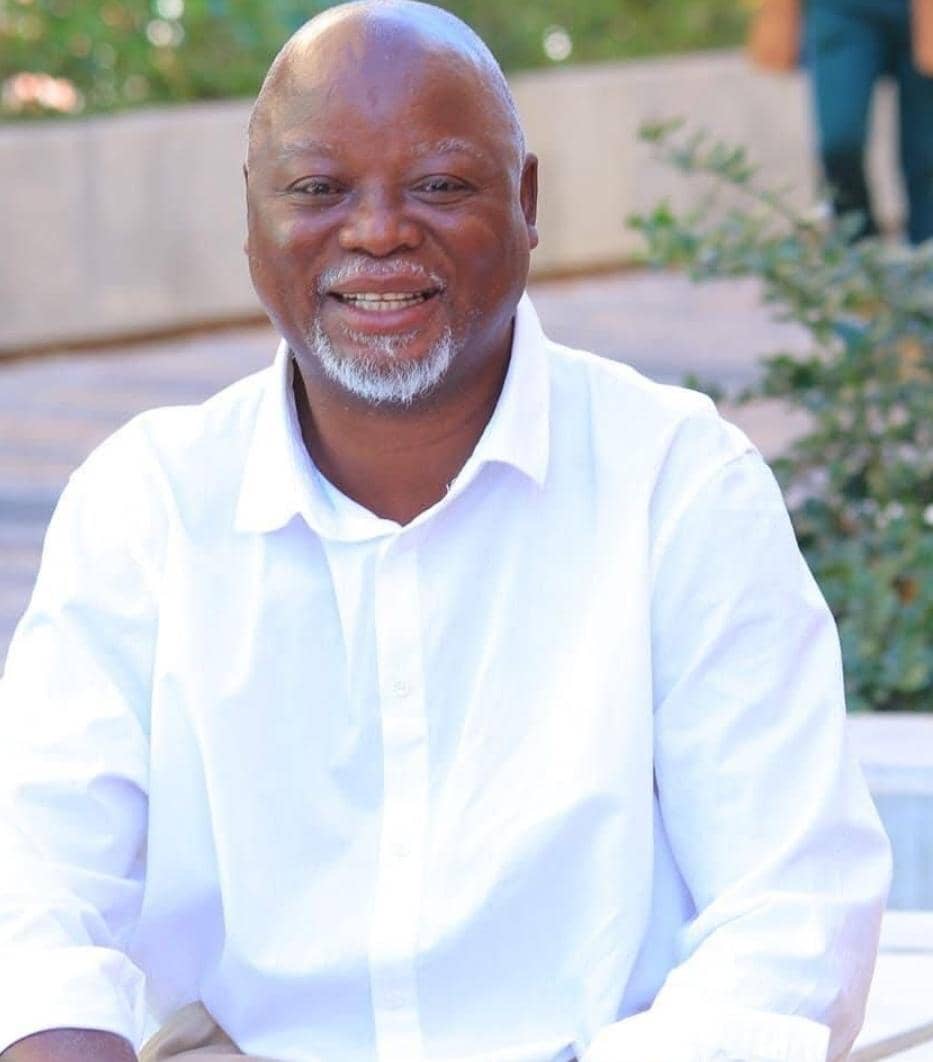The government has requested advice and technical assistance from the United Nations Educational, Scientific and Cultural Organisation (Unesco) and the International Atomic Energy Agency (IAEA) to find a way forward on uranium mining in the Stampriet Artesian Basin.
Agriculture, water and land reform minister Calle Schlettwein says Unesco and the IAEA will enable the ministry to make a scientifically based decision. The Russian Uranium One Group, who are pushing to mine in the area, have welcomed the decision. Schlettwein recently responded to questions posed by United People’s Movement member of parliament Jan van Wyk in parliament.
“The far greater risk, that of in-situ mining and consequential discharge of tailings back into the aquifer and resultant solution of the aquifer, is a matter that needs very careful consideration.
“We have requested expert advice and technical assistance from Unesco and the IAEA and other development partners to enable us to make decisions on the way forward that are scientifically based,” Schlettwein said.
Uranium One spokesperson Riaan van Rooyen said the company welcomes the dialogue.
“In line with our commitment to continuous improvement and adherence to best practices, we warmly welcome constructive dialogue with competent independent bodies such as the IAEA.”
He said the company is open to dialogue and continues consultations with all interested parties to clarify any issues related to the project to achieve mutual understanding.
“Headspring Investments, which is owned by the Uranium One Group, fully supports the statement of minister Calle Schlettwein on the need for a comprehensive independent competent assessment of facilities, processes and technologies when implementing geological exploration projects in Namibia.
“The company strives for transparency in its activities and complies with the highest global standards in the field of environmental safety and security,” he said.
Schlettwein, in a previous interview with The Namibian, said the company has drilled about 600 exploration boreholes and 36 hydrogeological or monitoring boreholes on 39 farms since 2012.

He said the conditions of proper sealing and grouting were ignored.
Uranium One has denied these allegations. Van Rooyen said the company never ignored any licence conditions, as asserted by the minister. Van Rooyen also said no drilling activities have occurred at the site since 9 November 2021.
“The company is required to regularly provide verified data and information to the relevant ministries. We are confident that the company will be given a fair opportunity to conduct a field trial, the results of which will confirm the safety of the extraction method, especially in relation to underground water sources that are vital to local communities,” he said.
The project has been criticised by the Stampriet Aquifer Uranium Mining Association for possible contamination of the Stampriet Artesian Basin.
The uranium recovery in-situ mining method involves drilling a series of boreholes into an ore body and using acids or bases to dissolve mineral deposits.
Uranium One engineer Aldo Hengari previously said the agriculture ministry’s denial of a drilling permit halted the project.
The project, which has so far attracted N$900 million in investments, has also been stalled by resistance from both environmentalists and surrounding communities over safety concerns surrounding in-situ mining for the water aquifer in the area.
Stay informed with The Namibian – your source for credible journalism. Get in-depth reporting and opinions for
only N$85 a month. Invest in journalism, invest in democracy –
Subscribe Now!







